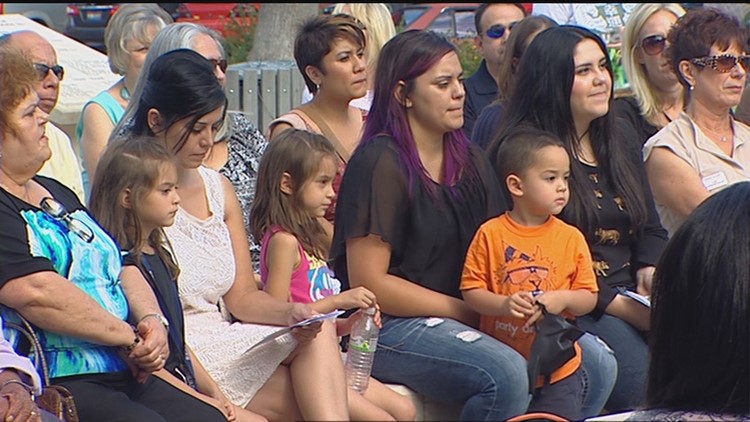TWIN FALLS, Idaho — With six months left before the 2020 census and no additional state funding for outreach, some Idaho groups are feeling pressured to put together a plan to make sure everyone is counted.
"We're not setting it up to be successful, we're setting it up to fail," Margie Gonzalez, executive director of the Idaho Commission on Hispanic Affairs, told The Times-News . "The messages are not reaching our community."
Republican Gov. Brad Little announced the formation of Idaho's first census committee on June 24. The committee's goal is to ensure all residents are counted, with a focus on reaching populations that have historically been undercounted.
"Idaho gets on average $15,000 in federal funds per person," said Andrew Mitzel, the governor's senior adviser of intergovernmental affairs. "If we miss someone, we lose $15,000 per person per year and that impacts everything from school lunches, hospitals and roads."
Fear and distrust of government contributes to undercounting in some communities. Undercounting could hit small, rural and predominantly Hispanic communities across the state especially hard. Clark County has roughly 850 residents. An estimated 45% of Clark County residents are Latino and an estimated 21% of the county's residents are in the U.S. illegally. About 12% of residents in the southern Idaho city of Jerome are in the country illegally.
"If we don't count them this time, we have to wait 10 years to try again," Gonzalez said.
Conservation Voters of Idaho, which will have representatives on the census committee, is drawing from its own experiences in mobilizing the Latino community to make sure as many as possible are counted.
"A complete count of all Idahoans is important to ensuring that the next decade of funding and public policy accurately reflects our families and communities," Antonio Hernandez, voting rights associate at Conservation Voters for Idaho, said in a statement.
In the 2010 census, Idaho had an 82.6% return rate, with a relatively small percentage of undercounted communities compared to other states.



